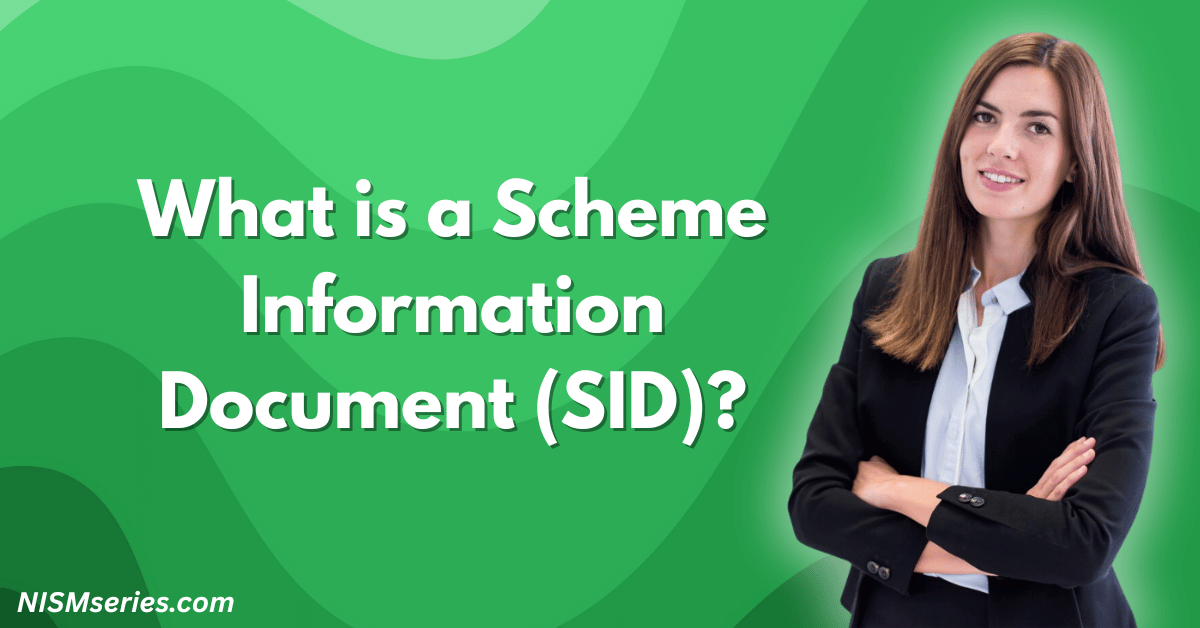A Dividend Reinvestment Plan (DRIP) is the best way to invest. It uses your cash dividends to automatically buy more shares in the same company. This makes your money grow much faster through compounding.
The main benefit of a DRIP is rupee-cost averaging. You automatically buy more shares when prices are low and fewer when they are high. This is the best way to handle the market’s ups and downs.
A DRIP solves a big problem. Many people get cash dividends and spend them. A Dividend Reinvestment Plan makes sure your dividend money keeps working for you. It is the best way to build your investment.
Table of Contents
Understanding Dividend Reinvestment Plans
How Automatic Dividend Reinvestment Works
A DRIP automatically changes your dividends into more company shares. You get more shares instead of cash. This happens automatically, so your money is always reinvested.
Here is a simple example: You own 1,000 shares of XYZ Ltd. The company pays a dividend of ₹10 per share, giving you ₹10,000. If your DRIP has a 5% discount, that money buys more shares at a lower price. This automatically increases the shares you own.
Cash Dividends vs. Reinvested Dividends
Cash dividends give you money to use now. But this is a bad plan. Most people are not disciplined enough to reinvest it themselves.
A Dividend Reinvestment Plan is the only real path to wealth. You give up cash now to make much more money later. This starts a cycle where more shares get you bigger dividends, which then buy even more shares.
Compounding Returns Through Share Accumulation
The magic of a DRIP is compounding. Reinvesting dividends gives you more shares. More shares mean bigger future dividends. Your investment grows faster and faster.
Buying more shares this way is the best strategy to build real wealth over time. It turns a simple dividend stock into a growth investment.
Types of Dividend Reinvestment Plans
Company-Sponsored DRIP Programs
A company can offer a Dividend Reinvestment Plan directly to its shareholders. These are the best plans because they have no broker fees. This saves you money.
Direct Stock Purchase Features
Many company DRIPs also have a Direct Stock Purchase Plan (DSPP). A DSPP lets you buy more shares with your own money, not just dividends. This turns a DRIP into a full investment plan.
Share Discounts and Commission-Free Benefits
Companies often reward you for joining their DRIP. They give discounts of 1-5% on the share price. These plans also have no brokerage fees, which improves your returns.
Brokerage-Operated DRIP Plans
Your broker can also run a DRIP for you. This is a good choice if you own many different stocks.
Fractional Share Reinvestment
Brokerage DRIPs can buy you parts of a share, called fractional shares. If your dividend can’t buy a full share, it buys a fraction. This means all your money gets invested.
Multi-Stock Portfolio Integration
Good brokers let you turn on a DRIP for all your stocks at once. This makes managing your dividends easy.
Third-Party DRIP Administration
Some companies hire other firms to run their Dividend Reinvestment Plan. This is easier for the company.
Transfer Agent Services
These firms are called transfer agents. They keep records and handle the DRIP trades. They are experts on the rules.
Cost Structure Comparison
These plans usually have small fees. But the fees are always lower than a normal broker’s fees. It is a very cheap way to use a DRIP.
How Do You Enroll in a DRIP?
How you join a DRIP depends on the plan. For a company plan, you contact the company directly. You fill out a form to start your Dividend Reinvestment Plan. For a brokerage plan, you just change your account settings online. You must already own shares in the company to start a DRIP.
DRIP Investment Strategy Considerations
Tax Implications of Reinvested Dividends
Taxable Income Reporting Requirements
You must pay tax on reinvested dividends, even though you get no cash. You are responsible for the tax based on your income. The government will only deduct tax (TDS) on dividend income over ₹10,000. This helps small investors in a DRIP.
Cost Basis Tracking for Future Sales
You must keep perfect records of your DRIP buys. You need these records to figure out your taxes when you sell. Each reinvestment is a new purchase with a different price. Investors with high dividend income face very high tax rates, so they must think carefully before using a DRIP.
DRIP vs. Direct Stock Purchase Plans
A DRIP only uses dividends to buy shares. A Direct Stock Purchase Plan (DSPP) lets you buy extra shares with your own money too. DSPPs give you more control to grow your investment.
Long-Term Wealth Building with DRIPs
A Dividend Reinvestment Plan is the best strategy for patient investors. It builds wealth over decades. Automatic reinvesting, low costs, and share discounts are the perfect way to grow your money. History shows a DRIP greatly improves your total returns compared to taking cash.
Risk Factors in Dividend Reinvestment
You must know about concentration risk. When you keep reinvesting in one company, you own more of it. This is risky if the company has problems. Also, your money in a DRIP is not easy to get quickly in an emergency.
FAQ
Are dividends taxed if automatically reinvested?
Yes. You always pay tax on reinvested dividends based on your income.
What fees are associated with DRIP participation?
Company DRIPs have almost no fees. Brokerage plans have very small fees.
Can you partially reinvest dividends through DRIPs?
Yes. Good DRIPs let you reinvest part of your dividend and take the rest as cash.
How do fractional shares work in dividend plans?
Brokers use your dividend to buy parts of a share (fractional shares). This invests all your money.
When should investors avoid using DRIPs?
Avoid a DRIP if you need cash income to live. Also avoid it if you want to spread your money across different investments.




















